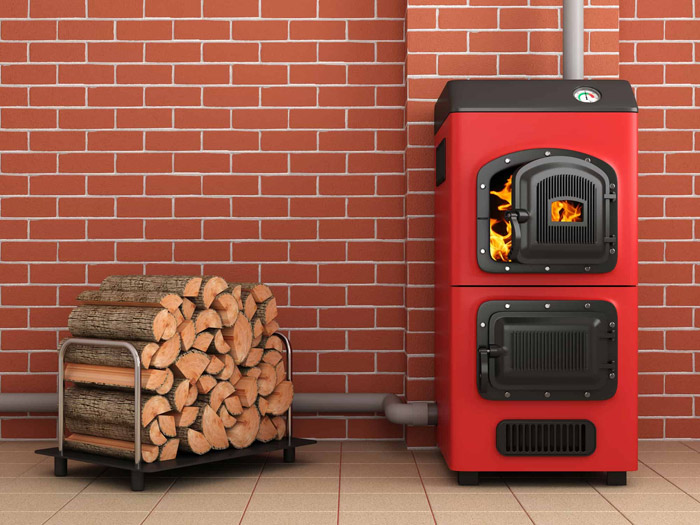A hundred years ago, residents of southeastern Manitoba kept their homes warm burning wood harvested locally. This was logical because everyone was living within a few miles of readily harvestable firewood. It was not so for all prairie communities. Some communities were far from a good firewood supply, and others, like Winnipeg, had already become too big to depend on biomass fuel in close proximity.
It was the communities without ready access to firewood that first discovered and developed coal deposits. Coal was attractive because it was significantly denser than firewood, which made it easier and cheaper to transport. Steinbach, the village, soon noted that advantage to coal and followed the trend. Coal was followed by heating oil and electricity, and later, within the memory of many of us, natural gas. Many rural residents in the southeast were hooked up to natural gas within the last 20 years.
Did you catch that? A hundred years ago our communities depended on the renewable harvest of the local forest to keep them warm. Today we depend on electricity generated thousands of miles to the north, and non-renewable natural gas from underground deposits a thousand miles to the west.
Don’t get me wrong. I am not advocating a return to the past. We would be foolish to heat our homes today the way homes were heated a hundred years ago and ignore the significant advances made by technology and science with respect to heating with wood. If everyone in Steinbach heated their home with wood, we would have a serious smog problem in our city.
Looking beyond our short term convenience and short term economics, to a concern about our current vulnerability as well as the long term well-being of our children and grandchildren, we need to do things differently.
Logically, a community ought to identify its particular assets and build an economy around that. One of our assets is our forest – whether that is the aspen forest within a few kilometers of most communities in the southeast, or the jack pine forest just a little further away. By and large we have taken no interest in that forest as a potential asset. But it could be used to heat our communities in a sustainable way.
It has long been known that small furnaces don’t use coal, wood and other biomass well. They are inefficient and they produce smoke. District heating systems have arisen out of that knowledge. A great article explaining using biomass for district heating can be found in the Canadian BioMass magazine (link: Warming the Neighbourhood – Canadian Biomass Magazine). Many communities, particularly communities in Scandinavia, have brought this knowledge to bear on the way they keep warm. With a district heating system, wood in the surrounding forest is harvested sustainably and brought to the district furnace. Heated water is then distributed by pipe to homes and businesses in the community.
Steinbach, or any other town in southeastern Manitoba, has the potential to become a leader in rational, locally appropriate and sustainable community design. Let’s start discussing a better, more beneficial way forward for our homes and communities.




